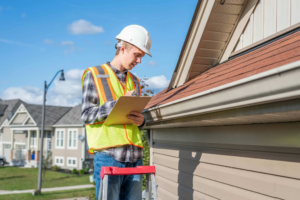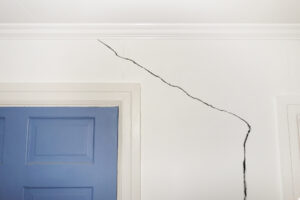Buying a home is a significant investment, and ensuring its structural and environmental integrity is crucial. In Australia, one of the essential steps in the property purchase process is conducting a building and pest inspection. This inspection provides valuable information about the condition of the property, but understanding the report can be daunting for many buyers. We will guide you through the process of interpreting a building and pest inspection report in Australia and help you make informed decisions about your potential property purchase and Resicert can help.
1. Choose a Qualified Inspector
Before we dive into interpreting the report, it’s essential to emphasise the importance of hiring a qualified and reputable building and pest inspector. In Australia, inspectors should be licensed and experienced. Verify their credentials and ask for references if necessary. An experienced inspector will provide a thorough and accurate assessment of the property.

2. Understand the Structure of the Report
Building and pest inspection reports in Australia typically consist of several sections. Understanding the structure of the report will make it easier to interpret the findings. The key sections usually include:
Property Details: This section provides basic information about the property, such as its address, date of inspection, and the client’s details.
Summary: The summary section highlights the main findings of the inspection, including any significant issues that need attention. This is a good place to start when reviewing the report.
Building Inspection: This section details the structural components of the property, including the foundation, walls, roof, plumbing, electrical systems, and more. It will describe any defects, damage, or potential issues.
Pest Inspection: Here, you’ll find information about any pest-related problems, such as termite infestations or other pest damage. This section may include recommendations for pest control or prevention.
Recommendations: The recommendations section will provide advice on any necessary repairs, maintenance, or further investigations. Pay close attention to these recommendations, as they guide your next steps.

3. Focus on Major Issues
While every inspection report will highlight minor issues, it’s the major concerns that should capture your attention. These are the issues that could significantly affect the property’s safety, structural integrity, or value. Common major issues include:
- Structural damage to the foundation, walls, or roof.
- Plumbing or electrical problems that pose safety risks.
- Pest infestations, especially termites, which can cause extensive damage.
- Safety hazards, such as faulty wiring or gas leaks.
- Water damage or leaks that can lead to mold and structural decay.

4. Get Quotes for Repairs
If the inspection report identifies significant issues, it’s essential to obtain quotes for repairs or remediation. This will help you assess the potential costs involved in bringing the property up to the required standards. You can use these quotes to negotiate with the seller or make an informed decision about whether to proceed with the purchase.

5. Consult with Professionals
If you’re uncertain about any aspect of the inspection report, it’s a good idea to consult with professionals. A structural engineer, builder, or pest control expert can provide additional insights and advice on the extent of the issues and the best course of action.

6. Negotiate with the Seller
Armed with the inspection report and repair quotes, you can enter into negotiations with the seller. Depending on the severity of the issues, you may request repairs to be completed before the sale, a reduction in the property’s price, or a combination of both. Effective negotiation can save you money and ensure that the property meets your standards.

7. Make an Informed Decision
Ultimately, the building and pest inspection report should empower you to make an informed decision about whether to proceed with the property purchase. If the issues are too extensive or costly to address, you may choose to walk away and continue your search for a suitable home.

Conclusion
Interpreting a building and pest inspection report in Australia is a crucial step in the property-buying process. It allows you to assess the condition of the property and make informed decisions. By following the steps outlined, you can navigate the report effectively, address any issues, and confidently move forward with your property purchase or explore other options if necessary. Keep in mind that having professional guidance and negotiation skills can be valuable assets during this process – remember, Resicert is here to help.






